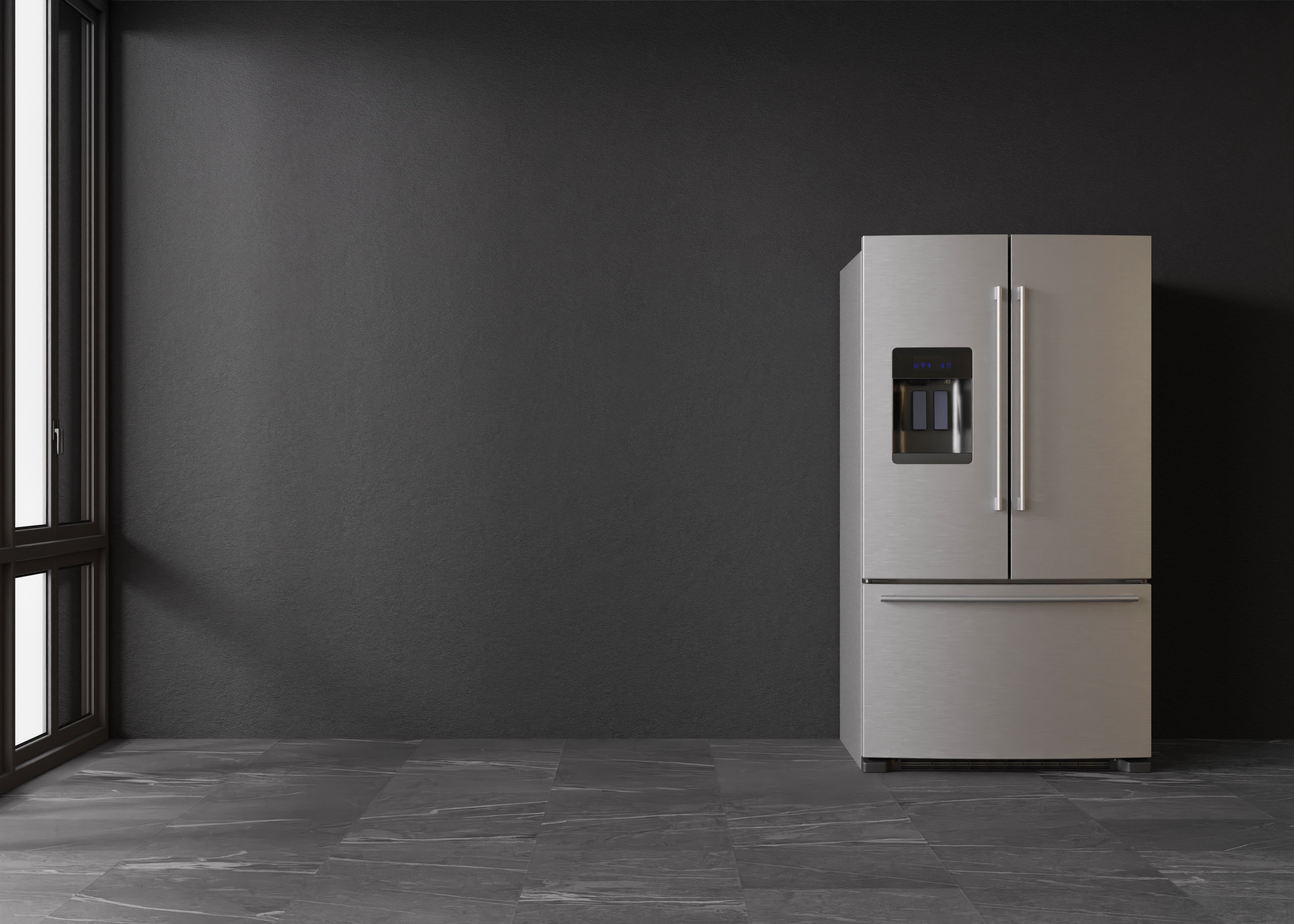A Step-By-Step Guide To Fridges And Freezers From Beginning To End

Understanding Fridges and Freezers: The Essential Kitchen Appliances
Fridges and freezers are two of the most important home appliances in contemporary kitchens. These home appliances serve a crucial role in food preservation and waste reduction by guaranteeing that disposable products remain fresh and safe for usage. Best Fridge Freezer To Buy explores the numerous types of fridges and freezers, their functionalities, and essential factors to consider for choice and maintenance.
Types of Refrigerators
The market uses a variety of refrigerator types, each designed to meet various consumer requirements. Below is a list of the most typical types of fridges:
Top-Freezer Refrigerators
- Most typical type.
- Freezer compartment lies above the refrigerator section.
- Normally more cost effective and energy-efficient.
Bottom-Freezer Refrigerators
- Freezer is located at the bottom.
- Permits simpler access to fresh products at eye level.
- Often features pull-out drawers for much better company.
Side-by-Side Refrigerators
- Refrigerator and freezer sections are surrounding.
- Ideal for narrow kitchen areas and allows easy access to both compartments.
- Often comes with water and ice dispensers.
French Door Refrigerators
- Integrates a bottom freezer with double doors at the top.
- Offers sufficient storage and trendy styles.
- Often consists of features like temperature-controlled drawers.
Compact Refrigerators
- Smaller size ideal for minimal spaces.
- Typically used in dormitory spaces, studio apartments, or as secondary fridges.
Table 1: Comparison of Refrigerator Types
| Type | Benefits | Drawbacks | Normal Size |
|---|---|---|---|
| Top-Freezer | Budget-friendly, energy-efficient | Less convenient access to the freezer | 14-30 cu. ft. |
| Bottom-Freezer | Much easier access to fresh food | Freezer can be more difficult to organize | 19-30 cu. ft. |
| Side-by-Side | Easy gain access to, water/ice dispenser | Narrow vs. storage space | 22-30 cu. ft. |
| French Door | Elegant, roomy, arranged | More pricey | 20-30+ cu. ft. |
| Compact | Space-saving, portable | Minimal storage | 1.7-5.5 cu. ft. |
Types of Freezers
Freezers are an equally crucial appliance for food preservation. They are available in various styles developed to fit various family requirements. Consider the list below types:
Upright Freezers
- Operate like a basic refrigerator with vertical storage.
- Easier to organize with racks and compartments.
Chest Freezers
- Large, horizontal design generally offering more storage area.
- Maintains temperature levels better during power interruptions.
- More energy-efficient than upright models.
Portable Freezers
- Compact units ideal for outdoor activities or little spaces.
- Typically used for camping trips or as temporary storage.
Table 2: Comparison of Freezer Types
| Type | Advantages | Drawbacks | Normal Size |
|---|---|---|---|
| Upright Freezer | Easier to arrange | Less energy-efficient, more flooring area | 5-20 cu. ft. |
| Chest Freezer | Holds more products, energy-efficient | Harder to arrange | 5-25 cu. ft. |
| Portable Freezer | Compact and versatile | Minimal storage capability | 1-10 cu. ft. |
Key Features to Consider
When choosing a fridge or freezer, customers must bear in mind a number of features that can improve functionality:
- Energy Efficiency: Look for designs with the ENERGY STAR certification to conserve on electricity costs.
- Storage Capacity: Evaluate storage requirements based upon household size and eating habits.
- Temperature level Control: Some appliances offer digital controls for precise temperature settings.
- Adjustable Shelving: Customizable shelving enables optimal organization.
- Water and Ice Dispenser: Offers convenience however can take up valuable area inside.
- Sound Level: Sound ratings can affect comfort, especially in open-concept homes.
Pros and Cons of Having a Fridge and Freezer
While fridges and freezers are important technologies, they also have particular advantages and drawbacks:
| Pros | Cons |
|---|---|
| Protect food life-span and decrease waste | Need regular upkeep |
| Permit bulk purchasing and meal prepping | Can be costly to buy and run |
| Offer benefit and quick access to food | Occupy significant kitchen area area |
Upkeep Tips
To make sure longevity and ideal performance of fridges and freezers, think about the following upkeep tips:
- Regular Cleaning: Clean the interior and exterior regularly to avoid accumulation of dirt and bacteria.
- Inspect Seals: Inspect door seals frequently for leaks to preserve performance.
- Temperature Settings: Keep the fridge at 34-38 ° F and the freezer at 0 ° F for optimum food preservation.
- Thaw as Needed: Chest freezers need to be thawed frequently to preserve performance.
- Clear Air Vents: Ensure that air flow isn't obstructed to improve energy effectiveness.
Frequently asked questions About Fridges and Freezers
Q1: How long can food be saved in a freezer?A: Most foods can be kept in a freezer for a number of months. Meats and poultry often last 4-12 months, while vegetables can last approximately 8-12 months.
Q2: How often should I clean my fridge and freezer?A: It is suggested to clean your fridge and freezer every 3 to 6 months, or as needed when spills take place. Q3: Can I put hot food straight in the fridge?A: It is suggested to cool hot food to room temperature before putting it in the fridge to prevent
raising the temperature level inside the home appliance. Q4: Why is my fridge running constantly?A: This might be due to a malfunctioning thermostat, clogged coils, or door seals that aren't working properly. Fridges and freezers are indispensable
assets to modern families, offering vital services for food storage and preservation.
Understanding the different types, features, and maintenance requirements can help consumers choose the best appliances for their requirements and maximize their functionality. Accepting energy-efficient designs not only supports sustainable practices but likewise contributes to significant cost savings on utility expenses, making notified options more crucial than ever.

